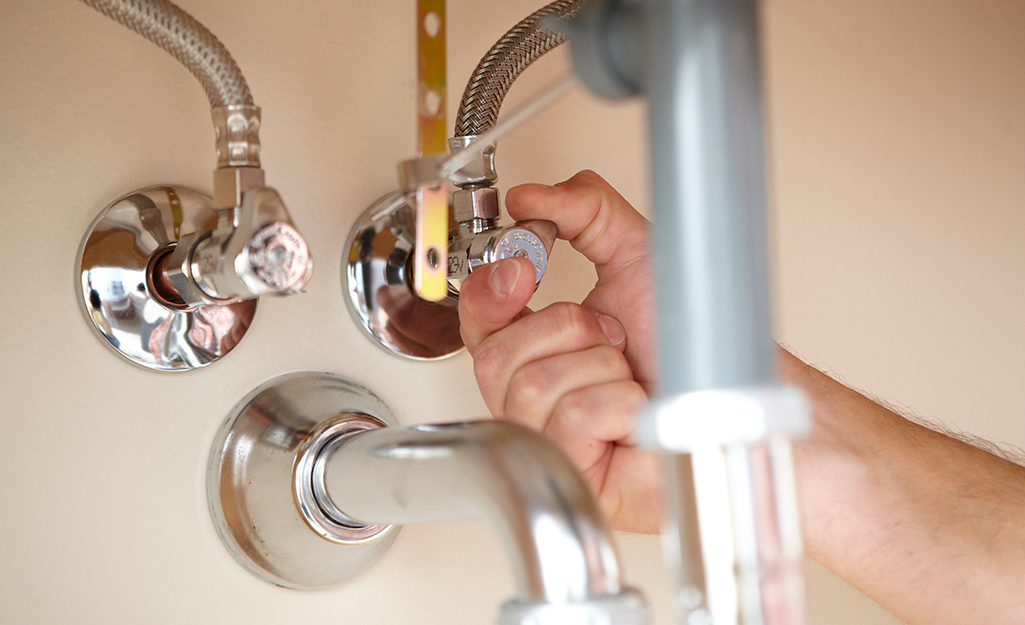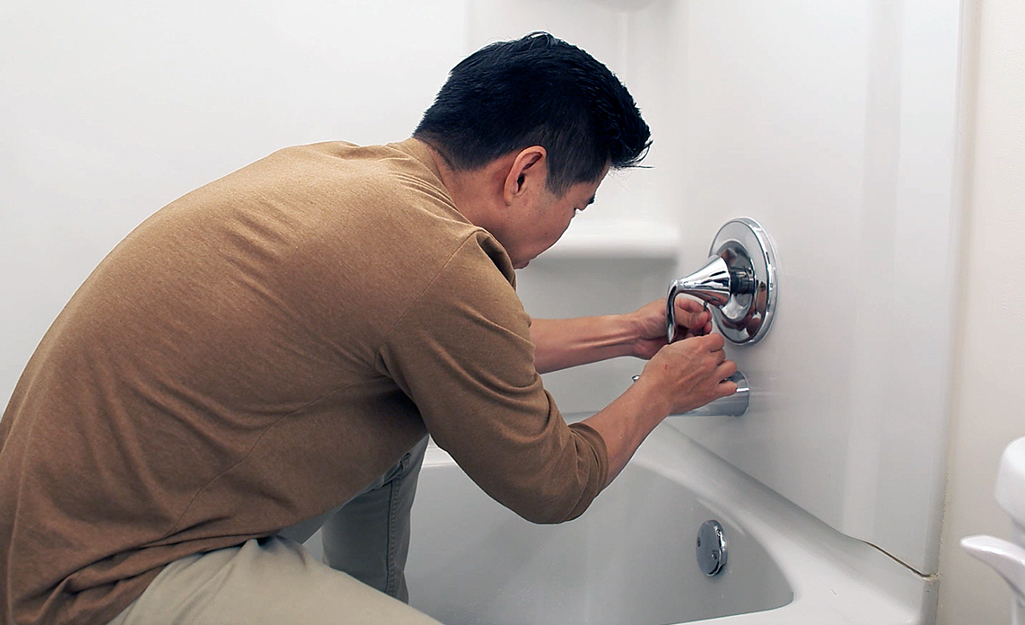Causes Why It's Important to Fix a Faulty Faucet
Causes Why It's Important to Fix a Faulty Faucet
Blog Article
Just how do you actually feel when it comes to Water Dripping from Faucet: Why and How to Fix?

Dripping faucets could appear like a small hassle, however their influence exceeds simply the aggravation of the sound. From wasting water to incurring unnecessary monetary prices and wellness threats, ignoring a dripping tap can bring about numerous effects. In this write-up, we'll look into why it's essential to address this common house concern immediately and successfully.
Wastefulness of Water
Ecological Effect
Dripping taps contribute substantially to water wastage. According to the Epa (EPA), a solitary faucet trickling at one drip per second can squander greater than 3,000 gallons of water annually. This not just stress water sources but additionally impacts communities and wildlife depending on them.
Financial Expenses
Boosted Water Expenses
Past the ecological impact, trickling faucets can pump up water bills considerably. The built up wastage gradually translates into higher energy expenses, which can have been avoided with timely repair work.
Possible Residential Or Commercial Property Damage
Furthermore, long term dripping can result in damage to components and surfaces surrounding the tap. Water buildup can cause staining, corrosion, and even structural problems if left ignored, leading to added repair costs.
Health Worries
Mold And Mildew and Mold Growth
The continuous existence of moisture from a dripping tap develops an excellent setting for mold and mildew growth. These fungis not only compromise interior air high quality but additionally present health and wellness risks, specifically for individuals with respiratory system conditions or allergic reactions.
Waterborne Diseases
Stationary water in dripping taps can become a breeding place for bacteria and various other virus, enhancing the threat of waterborne diseases. Contaminants such as Legionella germs grow in stagnant water, potentially bring about serious health problems when consumed or breathed in.
DIY vs. Professional Repair service
Benefits and drawbacks of DIY Repair Work
While some may attempt to take care of a trickling tap themselves, do it yourself repair services feature their very own collection of difficulties. Without appropriate knowledge and tools, do it yourself efforts can exacerbate the concern or cause incomplete fixings, lengthening the issue.
Benefits of Working With an Expert Plumber
Working with an expert plumber ensures that the underlying cause of the trickling faucet is addressed properly. Plumbing technicians possess the expertise and tools to diagnose and fix tap concerns effectively, saving time and lessening the threat of further damages.
Step-by-Step Overview to Fixing a Dripping Faucet
Devices Required
Before attempting to deal with a dripping faucet, gather the needed devices, consisting of a flexible wrench, screwdrivers, replacement parts (such as washers or cartridges), and plumber's tape.
Common Faucet Issues and Their Solutions
Determine the kind of tap and the details concern creating the drip. Usual troubles consist of worn-out washers, corroded valve seats, or faulty O-rings. Describe maker instructions or online tutorials for detailed advice on repair services.
Preventive Measures
Regular Upkeep Tips
To avoid dripping taps, do routine upkeep such as cleaning up aerators, examining for leakages, and replacing damaged parts promptly. Furthermore, consider setting up water-saving devices or upgrading to extra effective components.
Importance of Prompt Repair Works
Resolving dripping faucets as quickly as they're seen avoids additional water wastage and possible damages, ultimately conserving both water and cash over time.
Effect On Property Worth
Understanding of Well-Maintained Residential Or Commercial Property
Maintaining a residential or commercial property in good condition, consisting of dealing with upkeep issues like trickling faucets, improves its regarded worth and desirability among possible buyers or occupants.
Impact on Resale Value
Qualities with well-maintained plumbing fixtures, including taps, command greater resale worths in the property market. Attending to trickling taps can add to a favorable impact throughout residential or commercial property evaluations and settlements.
Environmental Obligation
Individual Contribution to Conservation
Taking obligation for repairing dripping faucets straightens with more comprehensive initiatives toward water preservation and ecological sustainability. Every individual's actions jointly make a considerable effect on preserving priceless resources.
Lasting Living Practices
By focusing on prompt fixings and embracing water-saving habits, people contribute to lasting living practices that benefit both existing and future generations.
Conclusion
Resolving a trickling tap exceeds plain benefit; it's a crucial step toward preserving water, reducing monetary expenses, and guarding health and residential property. Whether via DIY repair services or specialist aid, taking action to fix dripping faucets is a small yet impactful way to promote responsible stewardship of sources and add to a healthier, more sustainable future.
How to Fix a Leaky Faucet: Step-by-Step Repair Guide
A leaky faucet may seem like a simple annoyance, but if it's not fixed promptly, that leak could cost hundreds to potentially thousands. From water damage to mold, mildew, and high water bills, even a tiny leak can be catastrophic if left unattended. Damage like this can even affect the overall value of your home, so it's important to take the right approach for leaky faucet repair. You may need the help of a plumber in some cases, but we've got a few tips you can try on how to fix a leaky faucet before calling the pros.
Four Faucet Types
When you're learning how to fix a leaky faucet, the first step is knowing what kind of faucet you're working with! There are four common types.
Cartridge Faucets
Cartridge faucets come in one- or two-handled varieties. In one-handled cartridge faucets, hot and cold water combines in a single cartridge. In the two-handled versions, hot and cold water are controlled separately and mixed in the faucet.
Ball Faucets
Ball faucets have a single lever you push up and down to adjust the pressure and rotate to change the temperature. A slotted metal ball controls the amount of water allowed into the spout.
Compression Washer Faucets
They're the oldest type of faucet, but they're still used in many homes — especially older ones. Compression faucets have two separate handles that, when turned, raise or lower the washer that seals a water valve. This valve stops water from flowing through the faucet when it is turned off.
Disc Faucets
Disc faucets rarely need to be repaired due to their maintenance-free design. The water flow is controlled by two discs — the upper one raises and lowers against a fixed lower disc, creating a watertight seal. If your disc faucet starts leaking, you may need to replace the seals or clean residue buildup from the inlets.
Fixing a Leaky Faucet
Step 1: Turn Off the Water
Whether you're learning how to fix a leaky bathtub faucet or how to fix a leaky kitchen faucet, always turn off the water supply to your working area when you're fixing a leak. The last thing you want is a flood added to your list of things to fix.
Look for the shutoff valves below your sink or around the tub and turn them clockwise to stop the water flow. If your faucet doesn't have shutoff valves, you may need to turn off the water for the whole house. Check to make sure it's off by turning the faucet on. If nothing comes out, you're ready to start the repair.
Step 2: Take Apart the Faucet
How you disassemble your faucet depends on the type of fixture you have. You can use a flathead screwdriver to remove the caps on top of the handle or handles for cartridge and compression faucets. Inside, you should see handle screws. Unscrew these with a screwdriver to remove the handle.
Disc- and ball-style faucets will typically have an inlet screw near the handle, and removing that will reveal the interior of the faucet.
Detach the Valve Stem
For cartridge- and compression-style faucets, you'll see the inner valve stem or cartridge once you remove the faucet handles. If you have a compression faucet, unscrew the brass valve stem. If you have a cartridge faucet, pull out the cartridge. If your cartridge has been in place for a while, it may require some tools or extra force to remove it due to mineral deposits.
Examine and Replace Parts
Once you've removed the parts, check them out to confirm what needs to be replaced. You may see corroded rubber washers, O-rings, stems, or cartridges. On a ball-style faucet, check the seats and springs for damage.
If you need to repair a leaky disc faucet, check the inlet and seals on the lower disc.
Once you determine what parts must be replaced, visit your local hardware store. Bring the damaged parts with you to ensure you can purchase the correct components to replace them.
Clean Valves and Faucet Cavity
If you've removed a stem or cartridge, you may notice mineral buildup in the faucet's threads. Use white vinegar to clean the valve seat by soaking it for a few minutes, then scrub it away with a soft toothbrush and rinse with warm water. You can also clean the interior of the faucet in the same way.
Reassemble the Faucet
Once your faucet is cleaned and the required parts have been replaced, it's time to reassemble it. Put the pieces back together and slowly turn the water supply back on. Doing this slowly is crucial because too much initial water pressure can damage the new hardware you've just installed.
https://homewarranty.firstam.com/blog/how-to-fix-leaky-faucet

As an avid person who reads about Water Dripping from Faucet: Why and How to Fix, I was thinking sharing that chunk was a great idea. Appreciated our entry? Please quickly share it. Help somebody else discover it. We enjoy your readership.
Report this page